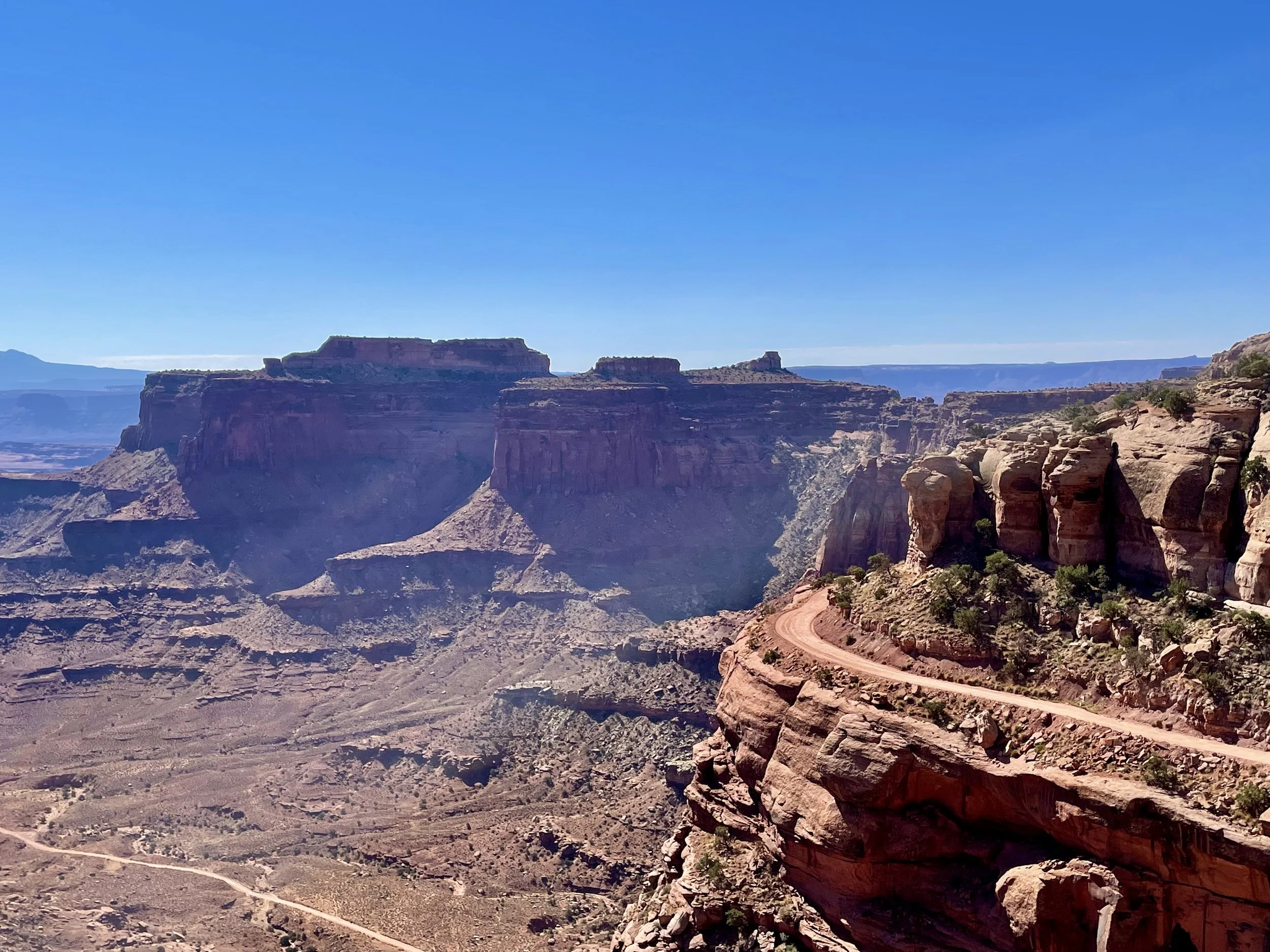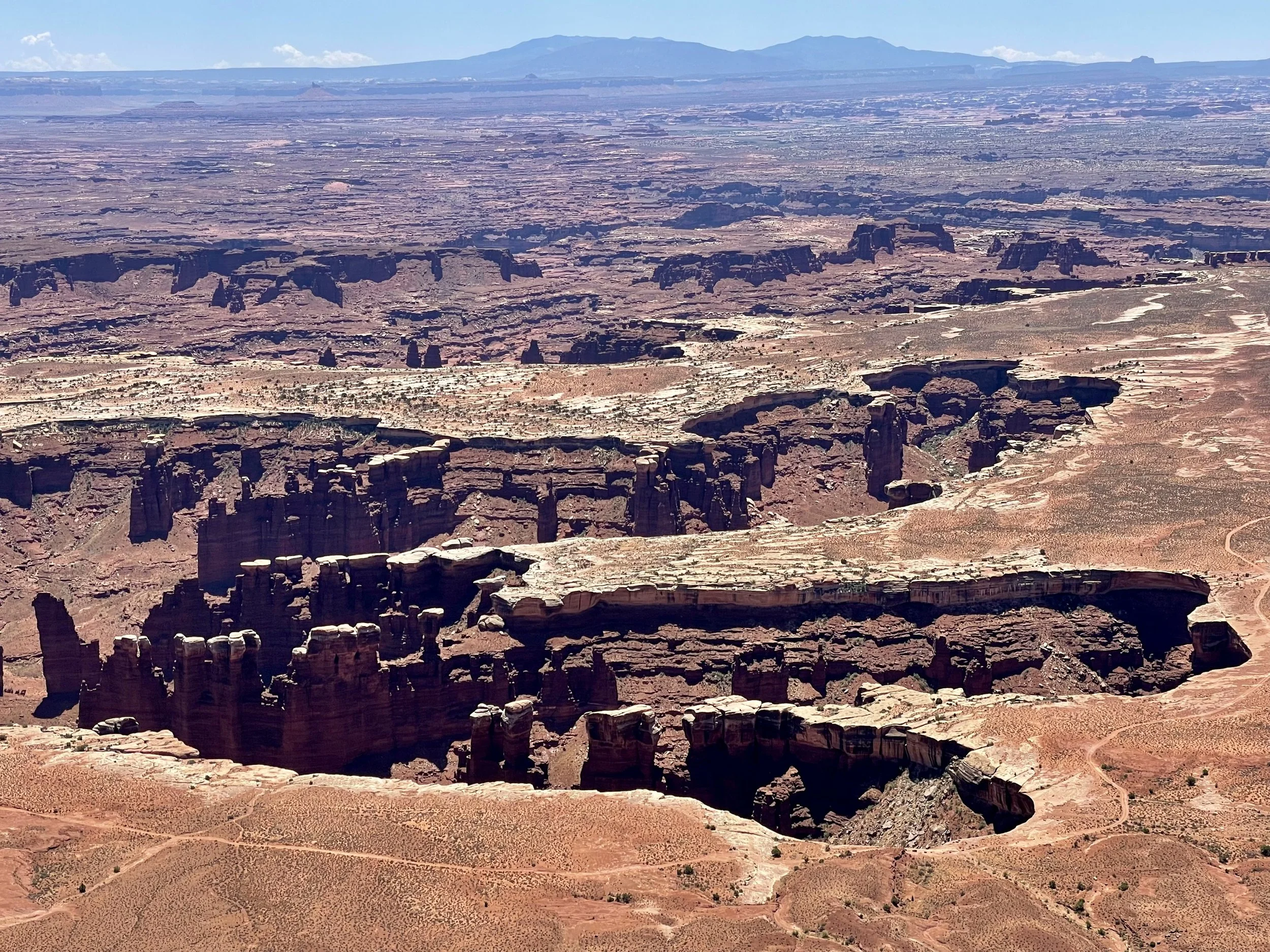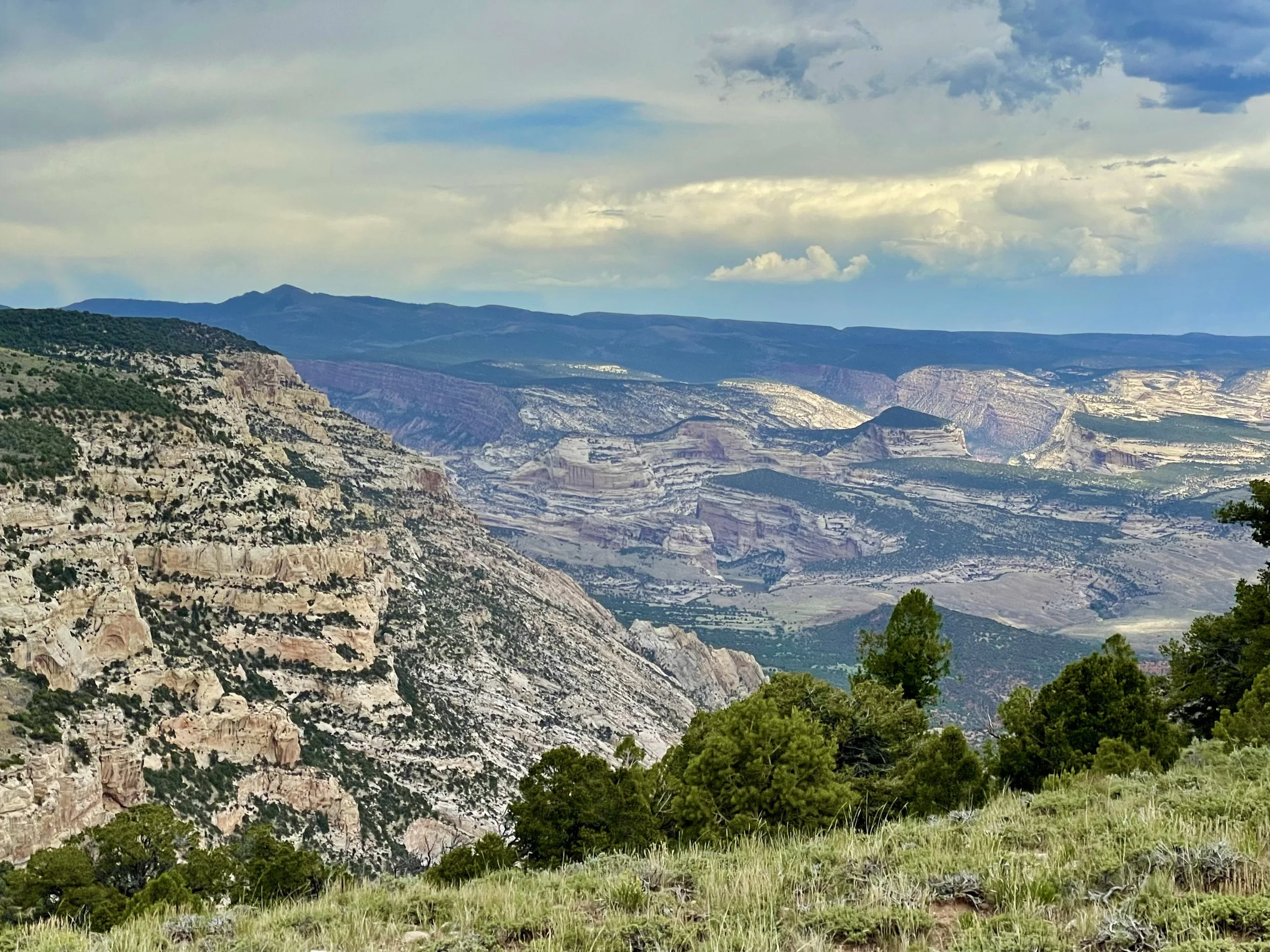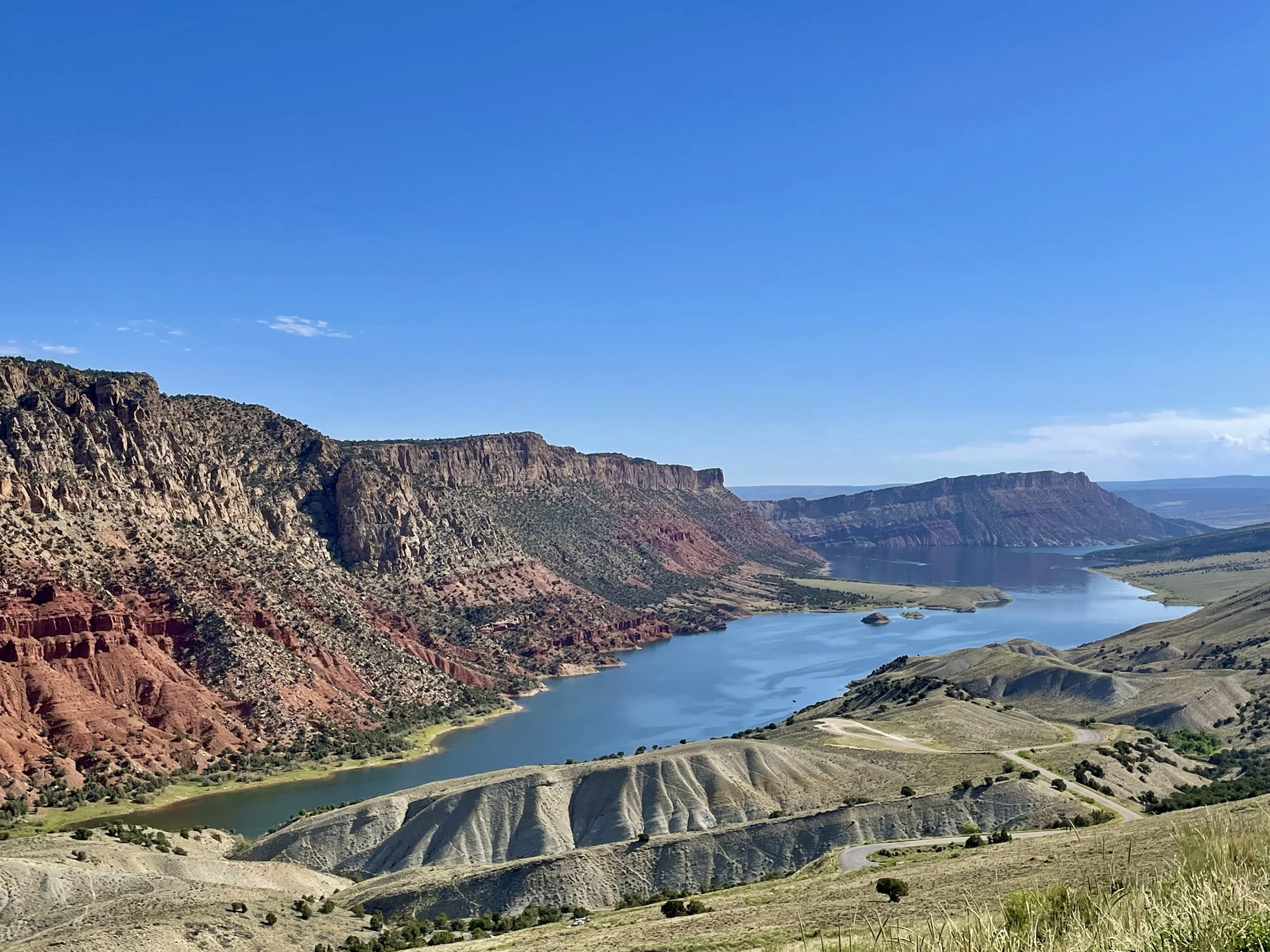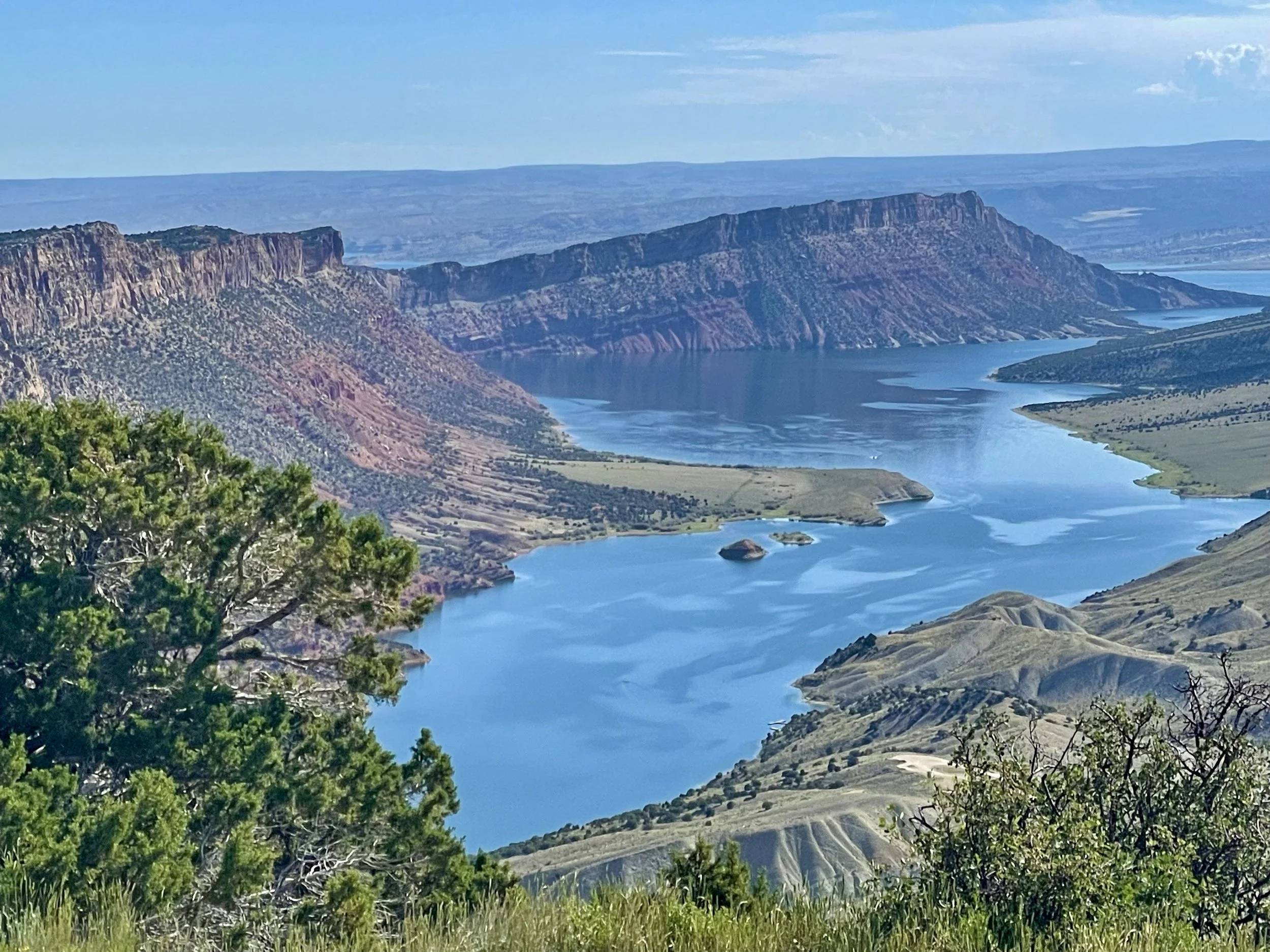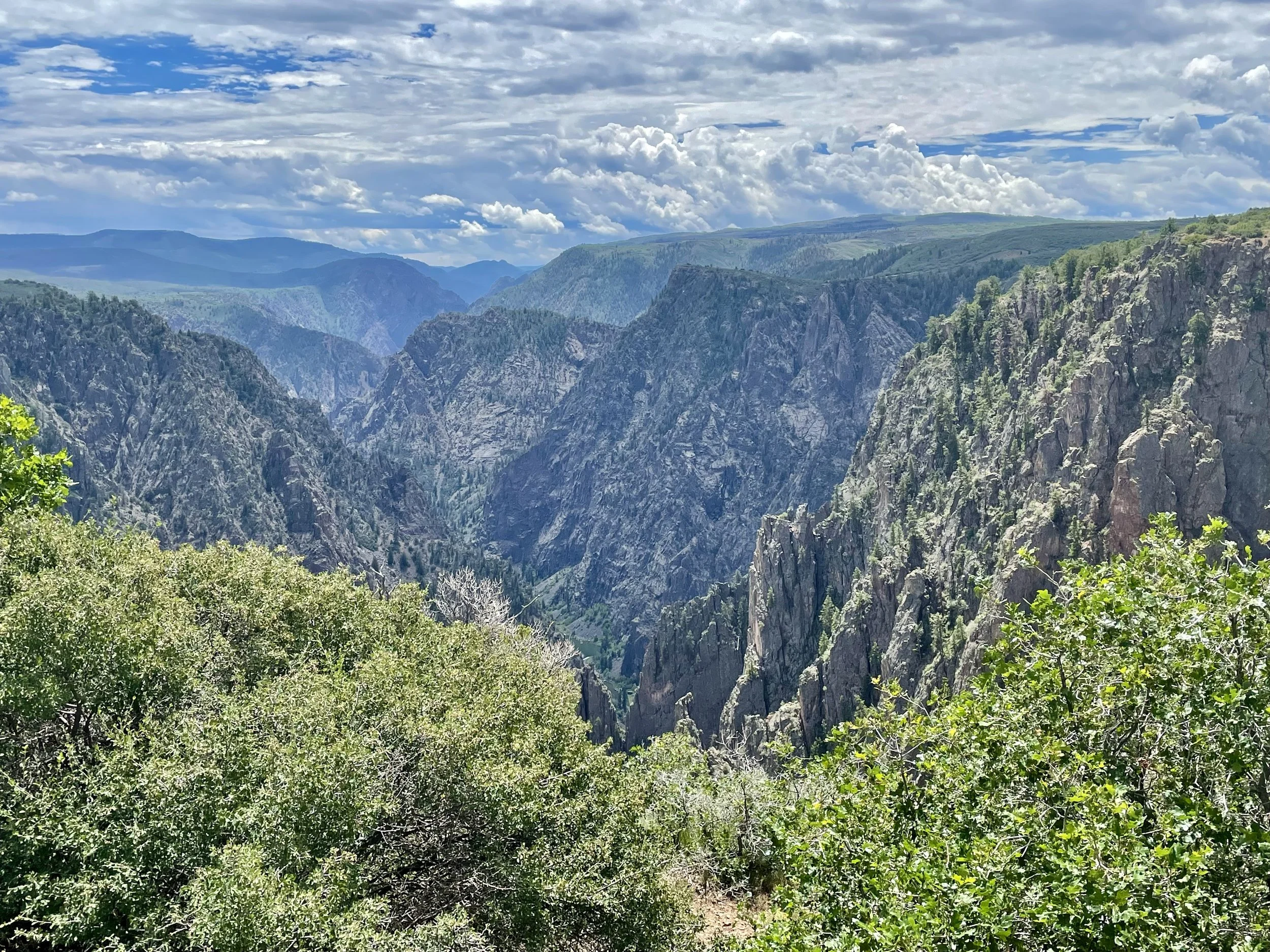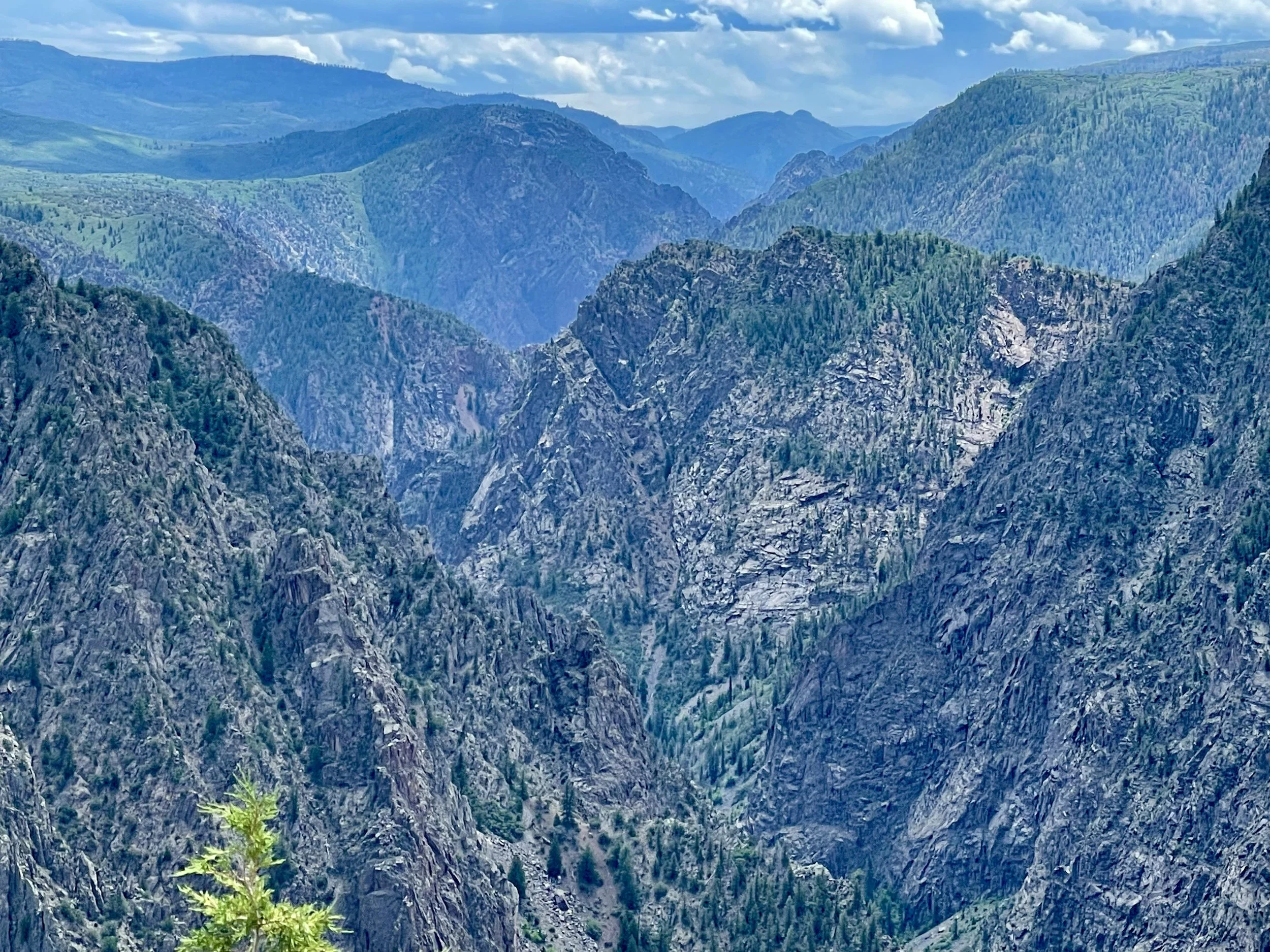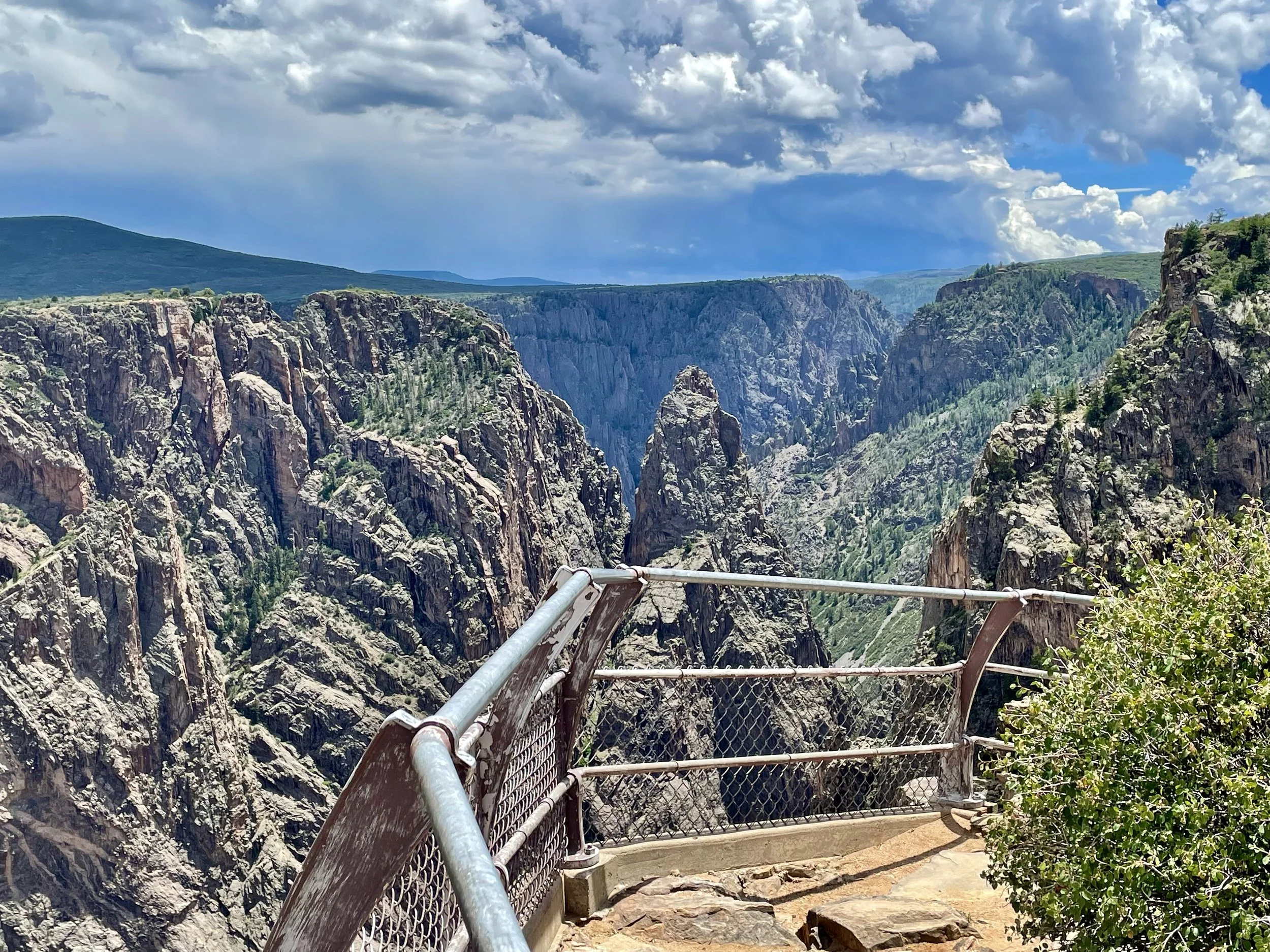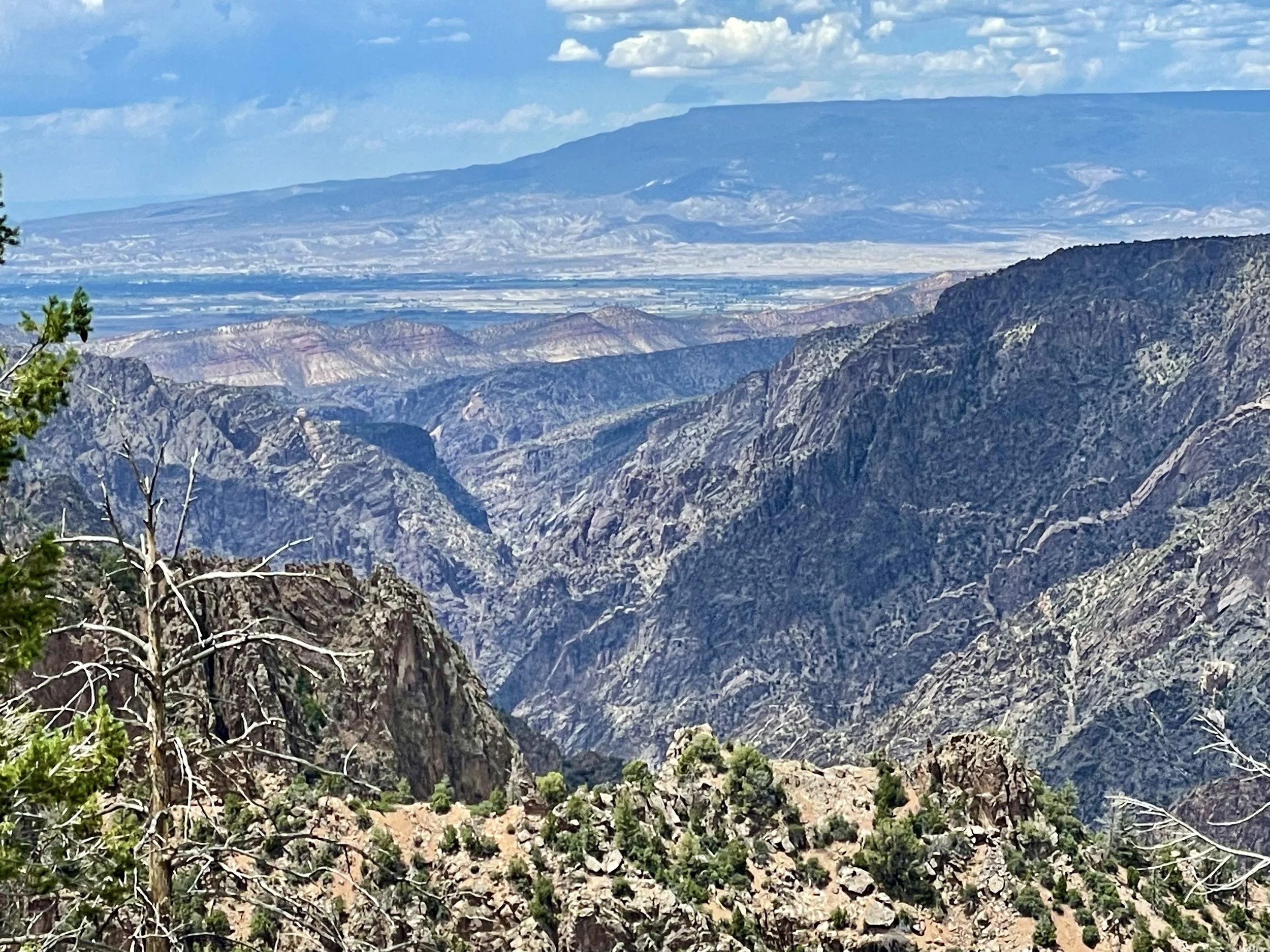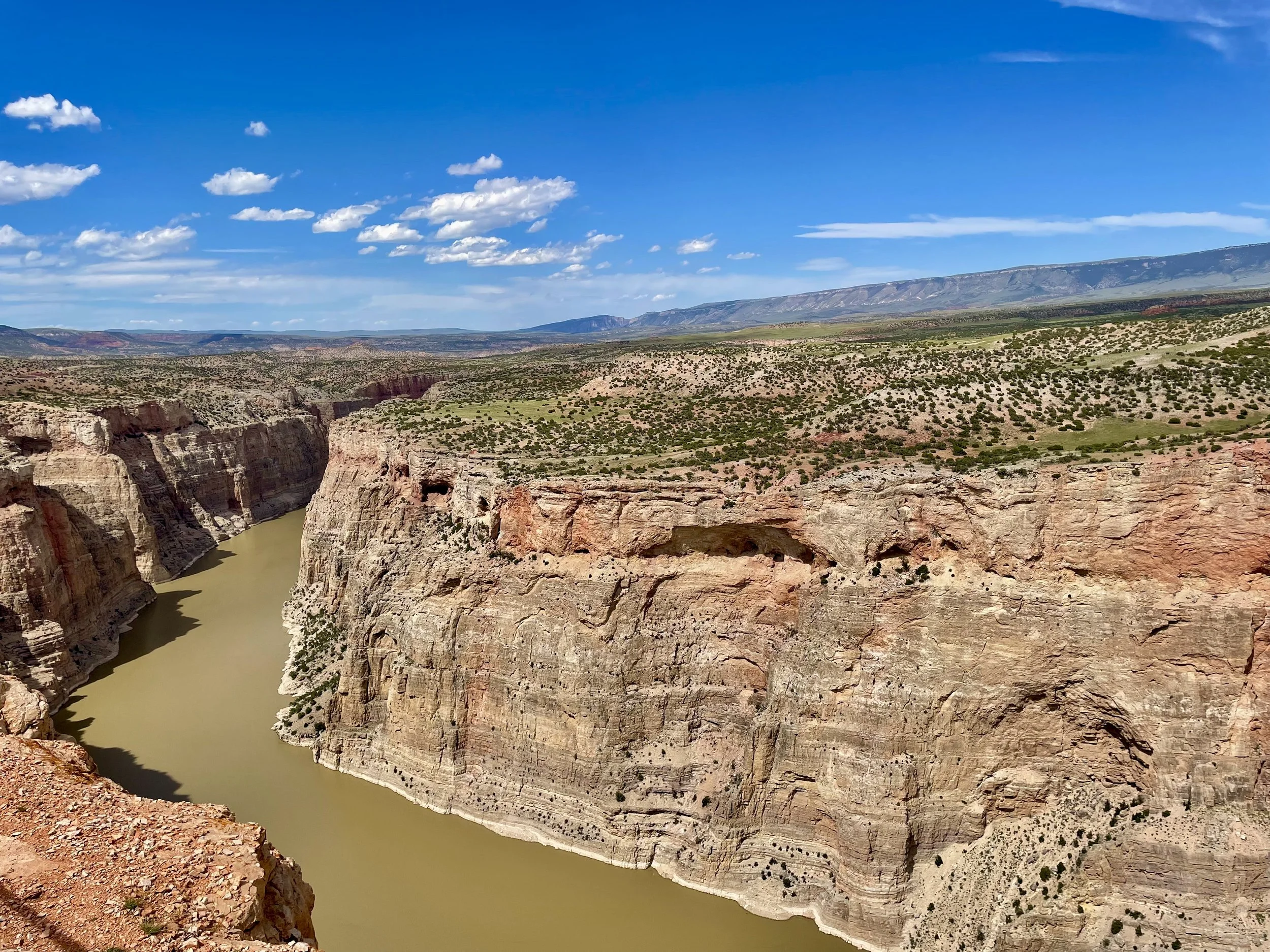Western Canyons—9 Canyons Worth Visiting
It seems like the Grand Canyon is on everyone’s bucket list. In light of the extreme traffic and crowds involved in that visit, perhaps we should look beyond that experience and visit one of the many other amazing canyon vistas in the Western United States. Here are nine that offer breathtaking views with fewer crowds.
King’s Canyon National Park—California
Kings Canyon National Park contains multiple mountains exceeding 14,000 feet, glacial valleys, mountain meadows and the largest stand of giant sequoia trees in the world. Created in 1890 as General Grant National Park, it was later renamed in 1940. The National Park Service manages the park as a unit with the contiguous Sequoia National Park.
Rio Grande (del Norte) Canyon National Monument—New Mexico
The Rio Grande del Norte National Monument preserves an 800-foot-deep gorge carved into the rugged plains of northeastern New Mexico. Visitors can drive into the canyon to take advantage of its many recreational opportunities or cross it on the second highest bridge in the United States. The area of the monument also contains evidence of early human habitation in the form of prehistoric dwellings and petroglyphs. The monument was designated in 1992 and is managed by the Bureau of Land Management.
Canyonlands National Park—Utah
Canyonlands National Park was established in 1964 to preserve a series of colorful canyons, mesas, arches, spires and buttes along the Colorado and Green Rivers in southeastern Utah. Temperatures in the summer months can exceed 100° Fahrenheit. Winters can bring temperatures well below freezing and snow. So, it is important to apply caution when planning a visit.
Glen Canyon National Recreation Area—Utah/Arizona
Stretching hundreds of miles, Glen Canyon National Recreation Area straddles the border of northern Arizona and southern Utah. Glen Canyon was flooded in 1966 and is now mostly covered by Lake Powell, but many large sandstone formations are still above water. The National Park Service endeavors to preserve the area while still making it available for recreation.
Bryce Canyon National Park—Utah
The collection of irregular rock formations (hoodoos) at Bryce is considered the largest on the planet. The park also offers hiking, dark skies and an array of high-altitude wildlife.
Dinosaur National Monument—Utah/Colorado
On the border of Utah and Colorado, Dinosaur National Monument contains more than 800 paleontological sites with examples of a wide range of dinosaurs. The monument also contains a multitude of archeological sites along with ruins left by early settlers. Moreover, the mountains, rivers and canyons make the monument a place to explore for its scenery and wildlife.
Flaming Gorge National Recreation Area—Wyoming/Utah
Administered by the U.S. Forest Service, Flaming Gorge National Recreation Area includes parts of the Ashley National Forest surrounding the Flaming Gorge Dam. The area offers opportunities for a range of activities which include hiking, boating and fishing. There are also some 43 different Forest Service campgrounds in the recreational area.
Black Canyon of the Gunnison—Colorado
Black Canyon of the Gunnison is a narrow canyon with steep cliffs and tall spires carved out of the rock by the Gunnison River. Black Canyon of the Gunnison National Park consists of the steepest and most dramatic portion of the canyon. Established in 1999, the National Park Service helps preserve the geologic and biodiverse elements of the park.
Bighorn Canyon National Recreation Area—Montana/Wyoming
Bighorn Canyon National Recreation Area extends along the waters of the Bighorn Lake created by the Yellowtail Dam. Parts of the Crow Indian Reservation and Pryor Mountain Wild Horse Range are included in the recreation area. The National Park Service manages the recreation area which provides opportunities for camping, hiking, fishing, boating and hunting.






